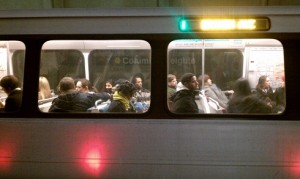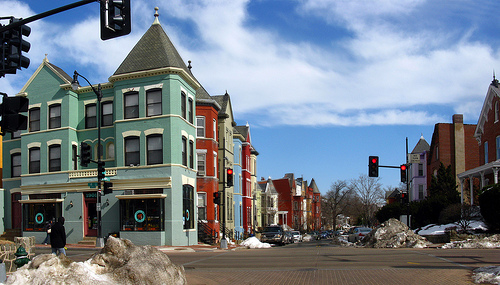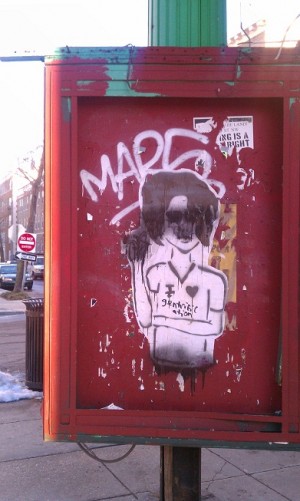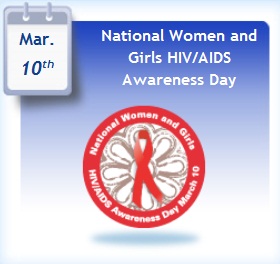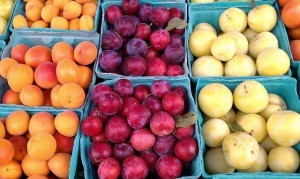Last week, we took note of the City Paper’s cover story: “Confessions of a Black Gentrifier“. It was written by Shani O. Hilton, who is the associate editor of Campus Progress. Hilton also writes for one of my favorite race and class blogs, PostBourgie, where one of her co-bloggers expands the discussion the City Paper article has generated by highlighting an issue with the piece– it did not include interviews with poorer black residents who have lived in D.C. for a long time.
I’d like to add to that, because it’s an important oversight. It’s akin to writing an piece about nightlife in DC, and then only interviewing your friends about the places in your neighborhood. There are no interviews with neighbors, former residents who have been pushed out of the neighborhood, or really, anyone outside of Shani’s immediate peer group. Those list-servs mentioned in the piece? They are a treasure trove of information and comment from local law enforcement, church leaders, local community activists- none of whom are consulted in the article. There’s no discussion of the different trends in gentrifying across the city (what’s happening in Bloomingdale and Columbia Heights is different from what’s happening in Hill East, H Street or NoMa, which is different from what’s happening in Anacostia and Congress Heights). There is a nod to this in the opening paragraph, but that’s it…
According to this piece, those people being displaced exist in the ether, outside of the realm of the gentrifier, black or otherwise. Gentrification, at its core, is about privilege (Shani admits as much), and I take this as proof that privilege blinds, black or not.




